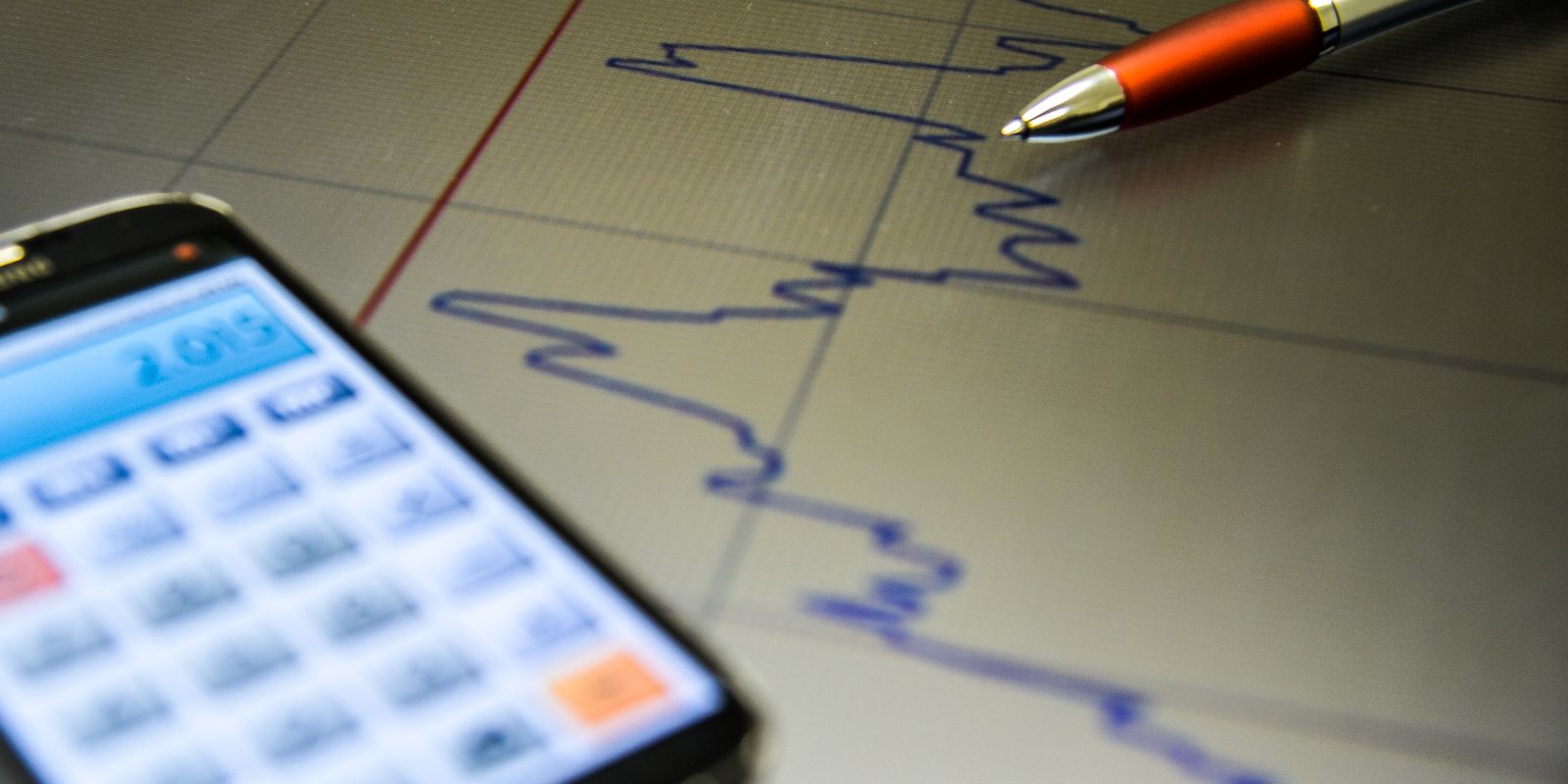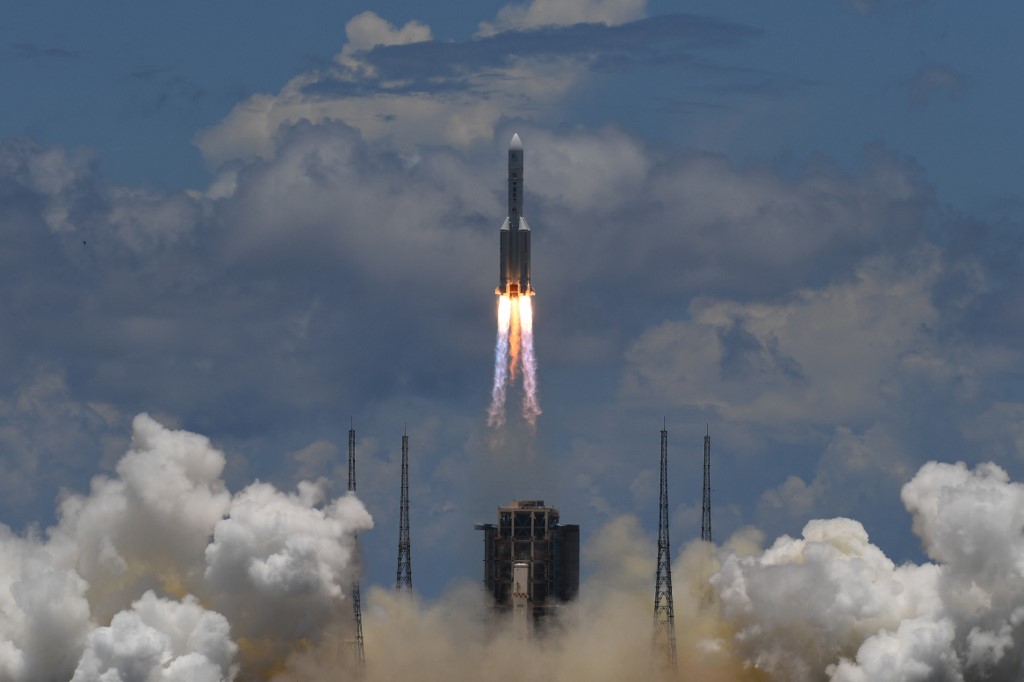The financial market forecast for the Broad National Consumer Price Index (IPCA), considered the country’s official inflation, fell from 7.30% to 7.15% this year. It is the 5th consecutive reduction in the projection. The estimate is in the Focus Bulletin of today (1st), a survey released weekly by the Central Bank (BC), with the expectations of institutions for the main economic indicators.
For 2023, the inflation estimate was 5.33%. For 2024 and 2025, the forecasts are 3.3% and 3%, respectively.
The forecast for 2022 is above the inflation target that should be pursued by the BC. The target, defined by the National Monetary Council, is 3.5% for this year, with a tolerance interval of 1.5 percentage points up or down. That is, the lower limit is 2.25% and the upper limit is 5.25%.
In June, inflation rose 0.67%, after the variation of 0.47% registered in May. As a result, the IPCA accumulates an increase of 5.49% in the year and 11.89% in 12 months.
The data July should be released by the Brazilian Institute of Geography and Statistics on the 9th, but the National Consumer Price Index – 15 (IPCA-15), the preview of official inflation, recorded 0.13% inflation last monthsmaller than the of June (0.69%).
Interest rate
To achieve the inflation target, the Central Bank uses the basic interest rate as its main instrument, the Selic, set at 13.25% per year by the Monetary Policy Committee (Copom). For the next meeting of the body, which will take place tomorrow (2) and fourthOn Friday (3), the Copom has already signaled that it may raise the Selic by another 0.5 percentage point.
For the financial market, the expectation is that the Selic rate will rise, this month, to 13.75% per year, in line with the BC signaling, and end the year at this level. By the end of 2023, the estimate is that the base rate will drop to 11% per year. And for 2024 and 2025, the forecast is for the Selic to be 8% per year and 7.5% per year, respectively.
When the Copom increases the basic interest rate, the purpose is to contain the heated demand, and this has an impact on prices because higher interest rates make credit more expensive and encourage savings. Thus, higher rates can also make it more difficult for the economy to expand. In addition to the Selic rate, banks consider other factors when defining the interest charged to consumers, such as default risk, profit and administrative expenses.
When the Copom reduces the Selic, the tendency is for credit to become cheaper, with an incentive to production and consumption, reducing inflation control and stimulating economic activity.
GDP and exchange rate
The financial institutions consulted by the BC raised the projection for the growth of the Brazilian economy this year from 1.93% to 1.97%. For 2023, the expectation for the Gross Domestic Product (GDP) – the sum of all goods and services produced in the country – is a growth of 0.4%. In 2024 and 2025, the financial market projects GDP growth of 1.7% and 2%, respectively.
The expectation for the dollar rate remained at R$ 5.20 for the end of this year. For the end of 2023, the forecast is that the American currency will also be at the same level.









